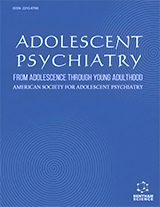Abstract
COVID-19 affects almost every organ and system in the body, depending on the severity of the disease, viral load, and host factors. In definition, the complex (ACE2) receptors – protein S of the virus leads to the involvement of various tissues and organs. ACE2 receptors are present on most cells, inducing cardiovascular symptoms, kidney disease, and neurological involvement. Complaints and findings such as fever, dry cough, and weakness are predominant in many large series . However, shortness of breath almost invariably predicts a more severe disease course in most patients. More rarely, neurological, gastrointestinal, or dermatological complaints and findings are also noted, mostly in conjunction with other signs. Laboratory and radiological adjuncts are mostly the keys for an expedient diagnosis and management, especially in institutions with a high number of admissions in a time unit. The clinician should be alert on how to interpret hallmarks of the disease, which can predict a grave outcome and severe course in any given patient.
Keywords: Clinical course, COVID-19, Outbreak, Pandemic, Signs and symptoms.






















